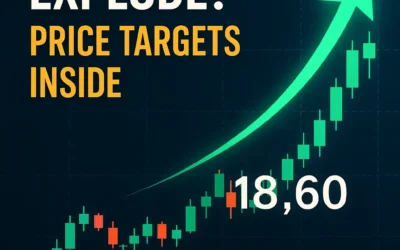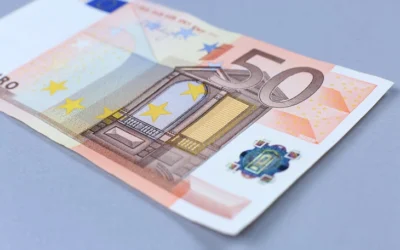
Russia’s economy, the world’s 11th largest by nominal GDP, stands as a paradox in 2025—a resilient yet vulnerable giant shaped by global sanctions, the ongoing war in Ukraine, and shifting domestic policies. Despite defying early collapse predictions, recent data reveals a troubling undercurrent of inflation, stagnation, and structural weaknesses. This blog post dives into Russia’s economic performance, exploring its surprising strengths, looming risks, and uncertain future, drawing on the latest insights from the IMF, World Bank, and financial analyses.
Economic Performance: A War-Fueled Mirage
Russia’s economy has shown remarkable resilience amid adversity. After a 2.1% GDP contraction in 2022, it rebounded with 3.6% growth in 2023 and an estimated 3.6–4% in 2024, driven by robust defense spending and fiscal stimulus. Notably, Q4 2024 saw GDP surge to 4.5% year-on-year, exceeding forecasts. However, the IMF warns of a sharp slowdown, projecting growth to drop to 1.5% in 2025 and 1.2% in 2026.
Beneath the surface, this growth is uneven. Military-related industries are booming, but civilian sectors are languishing. Non-military industrial production has slipped into recession, with output declining across multiple industries. Moreover, aging infrastructure and limited technological innovation raise serious concerns about long-term sustainability. As a result, Russia’s war-driven growth resembles a sprinter on borrowed time—impressive in the short term but unsustainable without deeper reforms.
Inflation and Monetary Policy: Taming an Overheating Economy
Inflation remains a persistent thorn in Russia’s side, climbing to nearly 9% in 2024 and projected to reach 9.3% in 2025. The Central Bank of Russia has responded with aggressive measures, holding interest rates at a staggering 21% to curb runaway prices in an overheating war economy. Despite these efforts, inflation continues to erode household purchasing power, squeezing consumers and businesses alike.
Compounding the issue, the Kremlin’s war spending has strained public finances. Reports indicate a planned 250% increase in the budget deficit for 2025, soaring from $12 billion to $42 billion. Coupled with declining energy revenues—hit by falling global commodity prices and sanctions—this fiscal expansion exposes Russia’s economic vulnerabilities. Consequently, balancing inflation control with fiscal stability will be a daunting challenge in the year ahead.
Sanctions and Trade: Navigating a Hostile Global Landscape
Western sanctions, intensified since the Ukraine conflict began, have disrupted Russia’s trade and industrial capacity. The exodus of Western companies has crippled manufacturing, while import substitution efforts struggle to fill the gap. Additionally, labor shortages, exacerbated by mass mobilization and emigration, have further hampered productivity.
Nevertheless, Russia has adapted with surprising agility. By redirecting energy exports to countries like China and India and bolstering domestic industrial policies, the economy has mitigated some of the sanctions’ impacts. For instance, high energy prices in 2022 cushioned the initial blow, though declining revenues since 2023 have exposed fiscal fragilities. Thus, while Russia has avoided economic collapse, its trade adaptations are a temporary fix for deeper structural issues.
Risks on the Horizon: A Ticking Time Bomb
Several critical risks threaten Russia’s economic stability in 2025:
- Stagnation: Data shows near-zero quarterly growth in early 2024, with the civilian economy struggling to gain traction.
- Energy Dependence: Falling oil prices, potentially dipping to $50 per barrel, could widen budget deficits and strain public finances.
- Demographic and Structural Challenges: An aging workforce, brain drain, and outdated infrastructure hinder long-term growth prospects.
- Geopolitical Isolation: Ongoing sanctions and trade restrictions limit access to technology and capital, stifling innovation and competitiveness.
Economists liken Russia’s war-driven growth to a “marathon runner on steroids”—a fleeting burst of energy masking deeper exhaustion. Without diversifying away from military spending and energy dependence, the economy risks sliding into stagnation or recession.
Outlook: Resilience Under Siege
As 2025 unfolds, Russia’s economy stands at a precarious crossroads. While adaptive trade strategies and fiscal stimulus have kept collapse at bay, mounting challenges—skyrocketing inflation, fiscal strain, and a declining civilian sector—test its resilience. The Kremlin faces a delicate balancing act: sustaining war efforts while addressing domestic needs. For now, Russia’s economy remains a paradox—robust in headlines but fragile beneath the surface.
For deeper insights into Russia’s economic trajectory, explore trusted sources like the IMF, World Bank, or Bloomberg. Stay informed as this complex story continues to evolve.









0 Comments